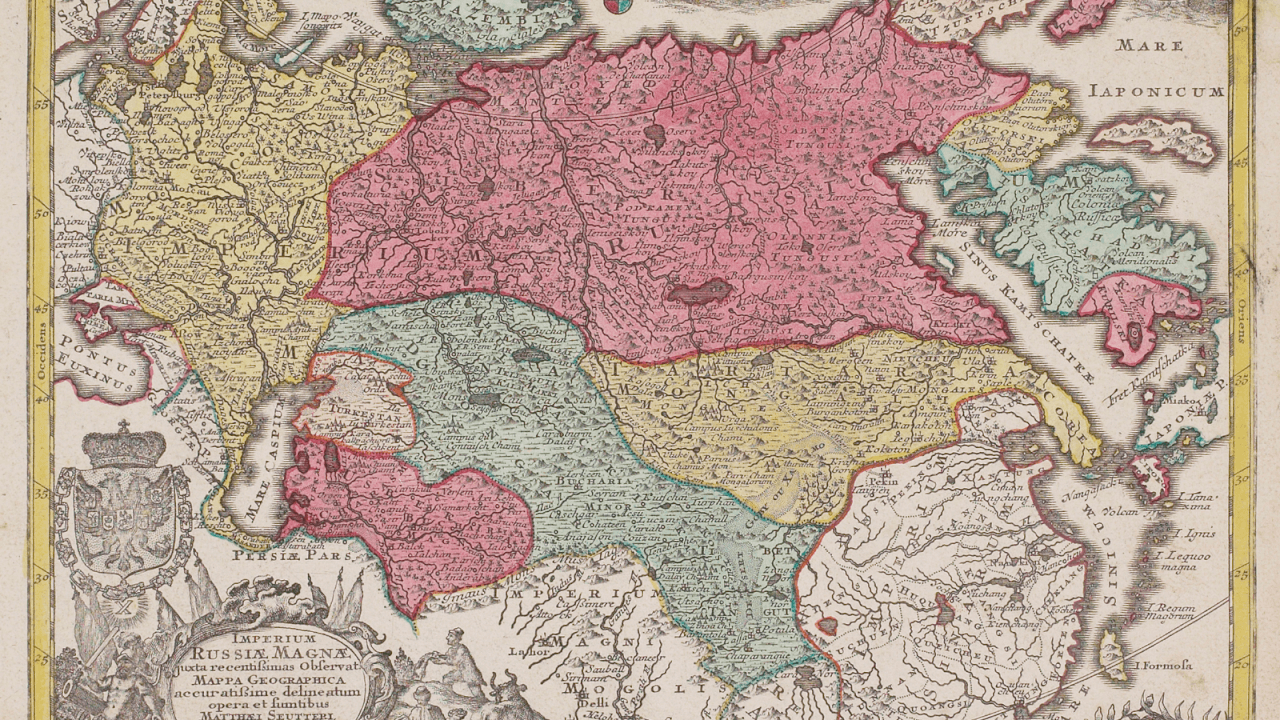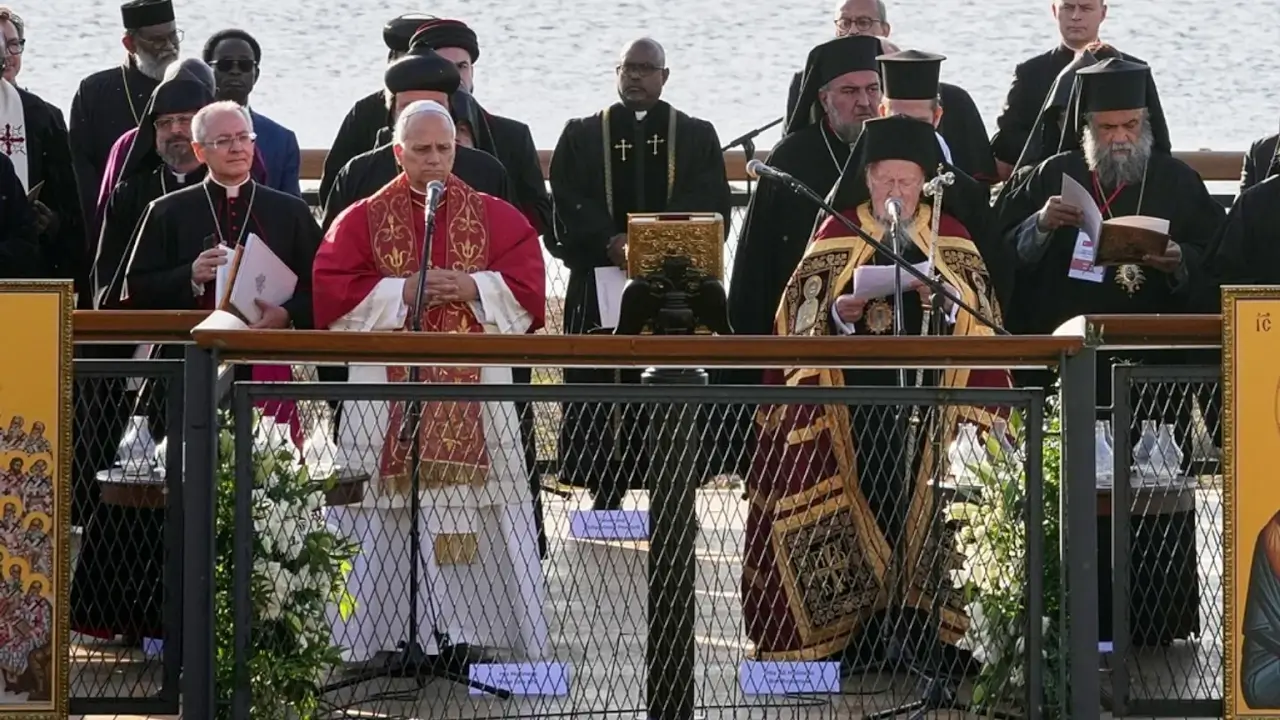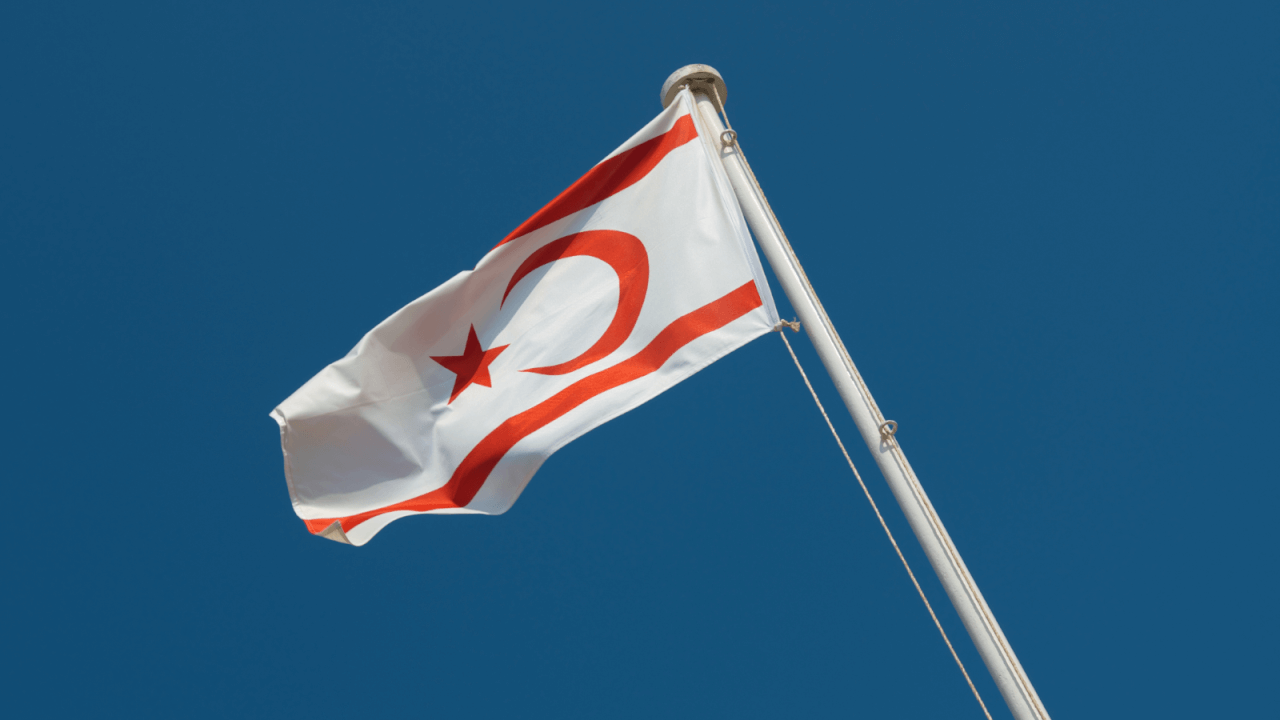The global response to the climate crisis is shaped not only by material interests and geopolitical rivalries, but also by contests over norms—what is considered legitimate, fair, or effective in global environmental governance. As new actors enter the field of climate diplomacy, the capacity to produce, frame, and diffuse norms becomes a vital form of international influence. Understanding how norms spread—how they emerge, gain traction, and eventually become embedded in global policy regimes—requires moving beyond traditional power analysis. Finnemore and Sikkink’s norm life cycle provides a compelling framework to trace this process. They identify three sequential stages through which norms evolve: emergence, cascade, and internalization.
In the emergence stage, norm entrepreneurs—often states, international organizations, or civil society actors—advocate new norms by framing them within existing value systems. If successful, these norms reach a tipping point and enter the cascade stage, where they begin to spread rapidly across the international system through mechanisms like peer pressure, socialization, and reputational incentives. The final stage, internalization, occurs when the norm becomes so widely accepted that it is taken for granted and reflected in law, institutions, and behavior.
This conceptual framing becomes particularly insightful when applied to two actors that represent distinct trajectories in global climate politics: the European Union (EU), a longstanding norm entrepreneur that has institutionalized its leadership, and India, a rising power from the Global South increasingly aspiring to shape global norms and enhance its visibility in the international arena. By examining the EU’s legal-institutional leadership, including mechanisms like the Carbon Border Adjustment Mechanism (CBAM), alongside India’s initiatives such as the International Solar Alliance (ISA) and the LiFE, this opinion piece interrogates whether India is truly transitioning within the norm cascade cycle, particularly in relation to the EU’s entrenched position.
The EU offers one of the most robust empirical illustrations of how climate norms evolve from advocacy to institutionalization. While the United States withdrew from the Kyoto Protocol in 2001, the EU filled the normative vacuum by promoting emission reduction targets, cooperative mechanisms, and the polluter pays principle. The EU’s norm diffusion was also enabled by its capacity to link market access to climate compliance. The CBAM, introduced in 2021, exemplifies this strategy. By requiring imports to mirror EU carbon pricing, the CBAM creates external incentives for alignment—effectively “exporting” the EU’s climate standards. Though controversial, it has prompted discussions in countries like China, India, and the U.S. about developing compatible pricing schemes or contesting the norm through alternative mechanisms. In this phase, the EU also positioned itself as a norm promoter, supporting capacity building in the Global South, funding the Green Climate Fund, and promoting green transition partnerships through its external action service and trade policy. This shows the EU is not only promoting norms discursively but also providing material and institutional support for their adoption elsewhere.
The internalization of EU-promoted norms is still an unfolding process, but signs of entrenchment are visible both within Europe and globally. Internally, the European Green Deal and the Fit for 55 package institutionalize climate neutrality by 2050 as a legal and policy reality. Climate targets are now mainstreamed across sectors such as agriculture, transport, energy, and finance, showing that environmental sustainability has become a structural feature of EU governance. Climate clauses in trade agreements, green taxonomy regulations, and financial disclosure norms are also being adopted beyond the EU’s borders. While not universal, this trend illustrates a degree of internalization, where EU climate norms are no longer perceived as foreign impositions but as emerging standards. In this way, the EU transcends soft persuasion and exports its regulatory architecture globally. Its norm-setting profile, therefore, rests not only on moral authority but also on institutional coherence and material power.
In contrast to the EU’s consolidated status, India’s trajectory reveals a state in transition, attempting to evolve from a norm follower into a norm entrepreneur. For much of the history of global climate negotiations, India positioned itself as a norm-taker, emphasizing historical responsibilities and development imperatives while resisting binding emission reductions. During the 1990s and 2000s, India’s engagement in climate diplomacy was largely reactive, focused on defending its policy space for economic growth rather than shaping global norms. However, under Prime Minister Narendra Modi’s leadership since 2014, India has embraced a more assertive climate diplomacy. This rhetorical shift, especially after the Paris Agreement, reflects India’s ambition to move beyond defensive positioning and project itself as a global norm entrepreneur. While India, alongside other developing countries, was instrumental in securing the inclusion of “common but differentiated responsibilities” (CBDR) and equity principles in the Paris Agreement, its influence on the broader architecture of the agreement remained limited compared to the EU’s institutional reach.
India’s pursuit of greater normative influence is evident in a series of flagship initiatives. The International Solar Alliance (ISA), launched with France in 2015, represents the most institutionalized expression of this ambition. As the first international organization headquartered in the Global South, ISA aims to promote solar energy deployment and cooperation among developing economies. Thus, it signals India’s desire to build a Global South–led multilateral framework grounded in equity and access, thereby positioning itself as a norm entrepreneur rather than a follower.
Another significant initiative is the LiFE (Lifestyle for Environment) campaign, unveiled by Prime Minister Modi at COP26 and officially launched in 2022. LiFE calls for a shift from “use-and-dispose” economy toward conscious consumption while bringing individuals together under a global network of Pro-Planet People (P3). Framed as an ecocentric alternative rooted in Indian cultural heritage, LiFE reflects India’s attempt to generate norms from a non-Western epistemic base, thereby challenging the West’s predominantly anthropocentric approach. However, its rhetorical richness is not yet matched by institutional clarity; it lacks clear policy instruments, measurable targets, and international uptake.
India’s presidency of the G20 in 2023 provided another platform to articulate its normative ambitions. With the theme “Vasudhaiva Kutumbakam” (One Earth, One Family, One Future), New Delhi sought to project a vision of inclusive and sustainable global governance. One of the key outcomes was the New Delhi Declaration, which encompassed the Green Development Pact for a Sustainable Future. The Pact aimed to reconcile economic growth with environmental sustainability while addressing the particular challenges faced by developing economies. Through these initiatives, India leveraged climate diplomacy to present itself as a vital partner for post-colonial developing nations. This aspiration was further reinforced by the Voice of the Global South Summit (VOGSS), where India underscored the need for an affordable and inclusive green energy transition.
Collectively, these initiatives illustrate India’s attempt to advance the idea that India should be a “vishwaguru” (world teacher) and a “leading power” in contemporary international affairs, an actor with a vision of how global affairs ought to be organized, rather than one that simply accepts existing norms. However, the gap between conceptual ambition and institutional realization remains significant. India’s continued reliance on coal, uneven climate policies, and limited multilateral uptake of its initiatives constrain its credibility as a norm entrepreneur. Moreover, while India claims to represent the Global South, its strategies often align closely with its own strategic interests, offering only selective representation of developing countries’ diverse perspectives.
Therefore, the contrast between the EU and India thus becomes analytically instructive. Both actors use normative language and pursue climate justice narratives, and both attempt to project global leadership through integration of domestic and foreign policy goals. Over time, the EU’s approach to climate governance has evolved into a deeply institutionalized form of norm diffusion—anchored in instruments like CBAM and reinforced by consistent regulatory convergence that extends beyond its own borders. Its climate policies are not only influential in multilateral settings but are also being adopted or mirrored by other states. India, meanwhile, is still navigating the early emergence phase, articulating new ideas and seeking to transform them into widely accepted global norms, but facing persistent domestic challenges, structural vulnerabilities, and a fractured international landscape that complicate this pursuit.
In this light, the EU stands as a mature actor in the climate norm cascade, having advanced key norms from emergence to broad internalization through a blend of institutional depth, regulatory coherence, and diplomatic outreach. India, by contrast, seeks to position itself as an emerging actor in the climate norm cascade, aspiring to act as a norm entrepreneur by articulating alternative ideas and asserting its normative agency. Yet it faces the challenge of realizing these ambitions under internal and external constraints. Its ability to advance climate norms will depend on its capacity to translate rhetorical ambition into coordinated and institutional action. In norm cascade terms, India must transition from emergence to cascade, and eventually toward internalization — a path that demands strategic consistency, cross-regional legitimacy, and demonstrable impact. As global climate governance becomes increasingly shaped by normative competition, the question is not only who sets the rules, but whose rules gain traction. The EU has authored many of the prevailing standards; India aspires to script the next chapter. Yet, for now, its role remains in draft- ambitious, contested, and incomplete.









